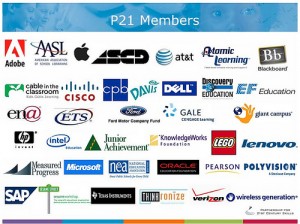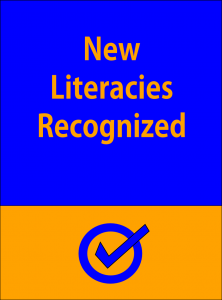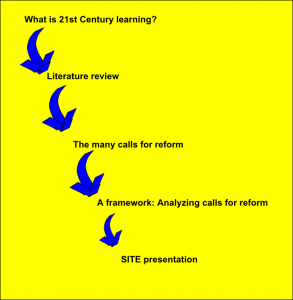Poutiantine & Conners (2012) suggest we consider the question of the difference between formation and transformation. In considering this question I see a transformation being not the building of new beliefs or constructing completely new knowledge but a change in beliefs or modifications to existing knowledge. This leads to the question of the amount of change needed to show transformation, and this writer holds that a transformation needs to be a change in kind, not a change in degree.
Upon reflection on my learning journey over the past year it became clear a transformation took place. This transformation was in my thinking and my attitude and awareness of academics and the academic process. Perhaps the transformation could be described as from a student and practitioner to a proto-scholar practitioner, a change that, I believe, is a change in kind, not a change in degree.
When I started my journey I was just another graduate student. Now perhaps I am a just another graduate student with a publication to my name, but a transformation of sorts took place during my journey: a transformation from a student to a scholar. To be fair, the transformation did not suddenly happen, all at one time, during my pursuit of the question “What is 21st century learning?” (Last, 2012a) but the transformation started previously, during the foundational graduate courses required by UBC’s Masters of Educational Technology program. However it was during the freedom of pursuing my own question and being immersed in reading and reflecting on academic writings from many sources and from many countries that the transformation began in earnest. The transformation completed itself during the experience of preparing a paper for submission to AACE for consideration for presentation at SITE 2012. The experiences previously reported in Last (2012d) were not the transformation taking effect, but are the evidence that a transformation did take place.
The transformation includes, but is not limited to, an understanding of meta-learning, a beginning of guiding the practice not just through past experiences but also through consultation of literature, a grounding of educational pedagogy in sound theory, and a realization of becoming a scholar (or perhaps more properly, a proto or emerging scholar). This is a transformation of kind, a change from a practitioner and student to a scholar and practitioner, not just a change in degree to a more aware practitioner. This is transformational and not formational because before the journey began I was already an educational practitioner, but without the awareness of the academic world, of grounding pedagogy in sound theory and decidedly not meta-learning attuned.
This transformational journey has not always been easy. There were some dead ends, there were times when which direction to take was obscured. There were times when I was just tired and frustrated and ready to simply give the journey up. The encouragement and advice from my faculty advisor, Franc Feng, was invaluable in completing this journey, and I would like to thank him for the invaluable help he was to me. In the end, the journey has been well worth it. I feel much more capable as an educator, and have a greater respect for and understanding of scholars. I feel like a transformation has taken place, and I aim to have my practice and continued academic pursuits reflect this.
Maurice Last
August 2012





